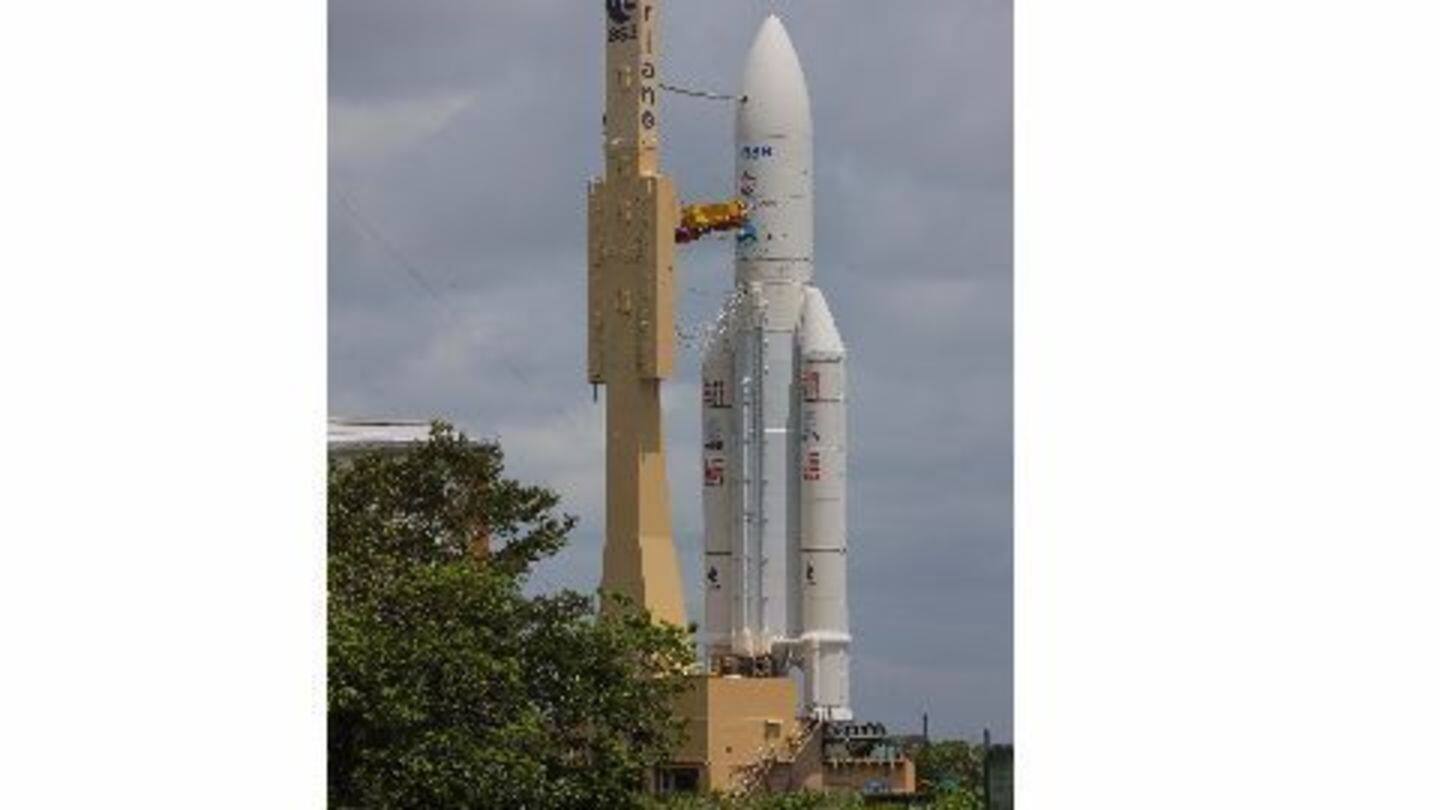
Modi congratulates ISRO on GSAT-15 launch
What's the story
"Congratulations to the entire team @Isro for the successful launch of GSAT-15 Communication Satellite," tweeted PM Modi. If India is to benefit from FDI reforms announced on Tuesday allowing foreign direct investment in non-news channels through auto route, DTH and Cable Networks, ISRO needs to have many more transponders in space. With GSAT-17 and GSAT-18 to be launched next year, things are looking up.
28 Jun 2013
Union cabinet approves GSAT-15 and GSAT-16
The Union Cabinet gave its approval to GSAT-15 and GSAT-16 communication satellite projects along with procurement of launch services and insurance. The projects aimed to create an in-orbit spare capacity to meet any contingency and protect the services of existing users. Estimated costs for GSAT-15 and GSAT-16 projects were Rs.859.5 crore and Rs.865.5 crore respectively including launch services and insurance cover.
Definition
What are transponders?
Transponders in communication satellites receive signals over a range of uplink frequencies and re-transmits them on a different set of downlink frequencies to receivers on earth, often without changing the content of the received signals.
11 Nov 2015
ISRO launches new communications satellite
India's latest communications satellite, GSAT-15, was successfully launched into orbit on 11 November at 3.04 am IST. It was launched into orbit from Kourou in French Guiana, South America, by the European Ariane 5 VA-227 launch vehicle. In the coming days, ISRO will perform orbit raising manoeuvres to place the satellite in a 24-hour period Geostationary Orbit (36,000 km above the equator).
Do you know?
Achieved orbit 'very close to the intended one'
GSAT-15 was launched into an elliptical Geosynchronous Transfer Orbit (GTO) with a perigee and apogee of 250 km and 35,819 km respectively, angled at 3.9 degrees to the equator, an orbit "very close to the intended one" according to ISRO.
Benefits
GSAT-15 and its benefits
India has a shortage of transponders in space with Indian satellite systems being able to handle just one-third of the required capacity. The rest is leased from foreign satellite owners. GSAT-15's 24 ku-band transponders will mainly cater to private and public direct-to-home broadcasters and VSAT operators. GSAT-15's GPS-aided augmented navigation (GAGAN) payload operating in L1 and L5 bands will aid the civil aviation sector.
Do you know?
Who was the co-passenger?
The Ariane 5 VA-227 launch vehicle, along with the 3,164 kg GSAT-15, also carried the Arab Satellite Communications Organisation's 5,798 kg Arabsat 6B satellite which will provide telecommunication services to Africa, West Asia and Central Asia.